"We don't care much about mortality stats – we already transported the bodies the previous day."
„Transporter.” This is all they say when people ask them about what they do for a living. Some quit after their first day on the job, others make the transition rather smoothly from being a cab driver, a chef, or a waiter – jobs that were all hard-hit by the pandemic. Of course, this line of work did not come to be only with the emergence of Covid-19, however, ever since the start of the pandemic, some providers doubled the number of shifts and increased the staff by half. They do not like to read the news about the latest epidemiological numbers – they know a day ahead if the number of the deceased increased or decreased. Télizöld Funeral Services allowed us a rare glimpse into the daily realities of their job.
In a little over a year, the Covid-19 pandemic took nearly 30 000 lives in Hungary. We write about the statistics each day; however, there are individual fates and family tragedies that are difficult to grasp behind the graphs and numbers. This is why we decided to provide an insight into the most devastating side of the pandemic, the mortality, through the eyes of body transporters. We believe that such a series of photographs shows a more complete picture of what is happening around us and why it is essential to curb the spread of the virus whatever it takes.
March 2020: 200 dead bodies transported from hospitals per month. March 2021: 500 per month. The numbers of only one Budapest-based funeral service provider already show what the pandemic has done. Translating it to the mundane language of logistics has meant increasing cooling capacities and introducing a two-person night shift, a weekend and a standby shift besides the usual day shifts. The company also needed a whole lot more black plastic bags, which often presented difficulties; there was a worldwide shortage at the start of the pandemic, as the whole sector started stocking up on them, sometimes with similar vehemence to how ordinary shoppers were buying toilet paper, canned goods, and dry pasta.
This is physical work, although the psychological aspect of it is more difficult, says Gergely Novák, the owner of the Télizöld Funeral Services, adding that prospective employees have to be prepared for this when shadowing a shift to see what the job entails. Some quit after their first transport, while others quickly learn even to dress up the body for the funeral to give the deceased's loved ones a chance for a dignified farewell.
However, due to the pandemic, open-casket funerals are limited, and as Novák says, this adds to the mental burden of the bereaved.
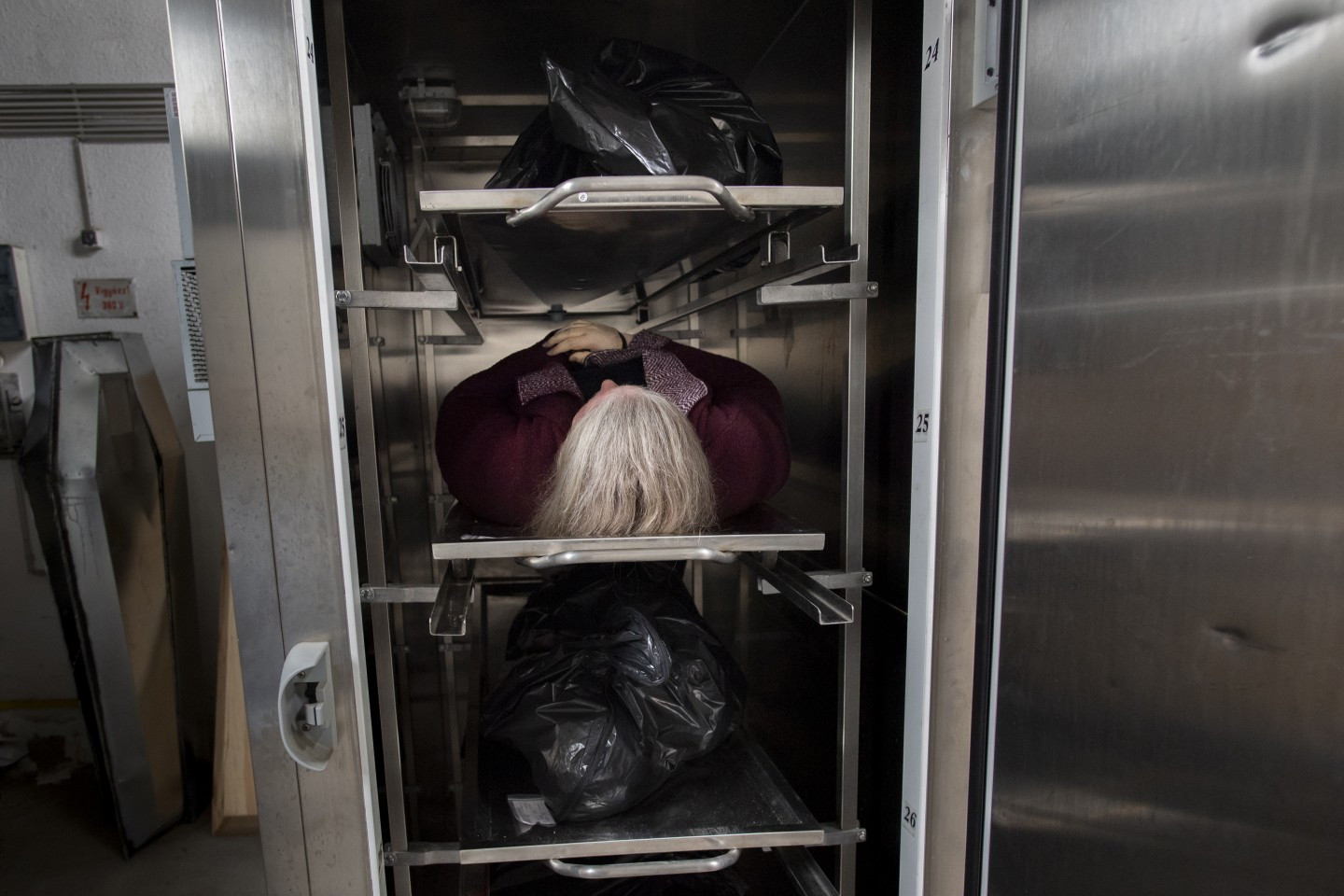
Transporting dead bodies is essential to the functioning of hospitals. The duty of storing dead bodies shifted more and more to funeral service providers during the pandemic as well; in some places, they had to increase the capacity of their mortuary refrigerators by 50%, even if there were hospitals where they ordered extra cooling containers for this purpose. The number of post-mortems also reduced; for safety reasons, bodies were taken straight to the mortuary and then to the funeral or cremation in a shorter time than before.
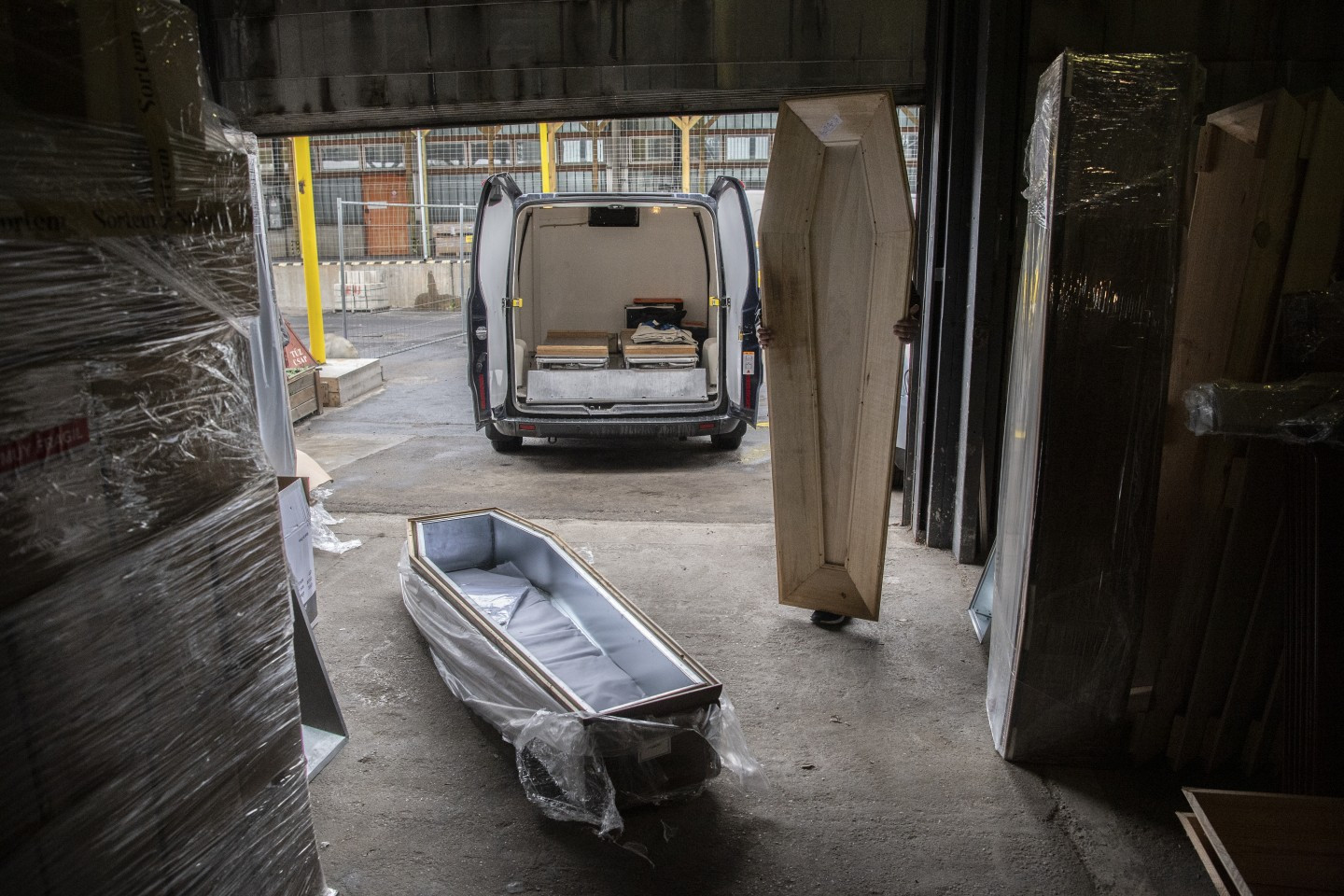
The choice of the casket is not only an aesthetic or financial question; the prescribed parameters vary from country to country. Long-distance hauling of corpses, for instance, requires a metal-lined double casket and embalming. In the photo above, the body transporters are preparing the return of a deceased Hungarian citizen from Germany.
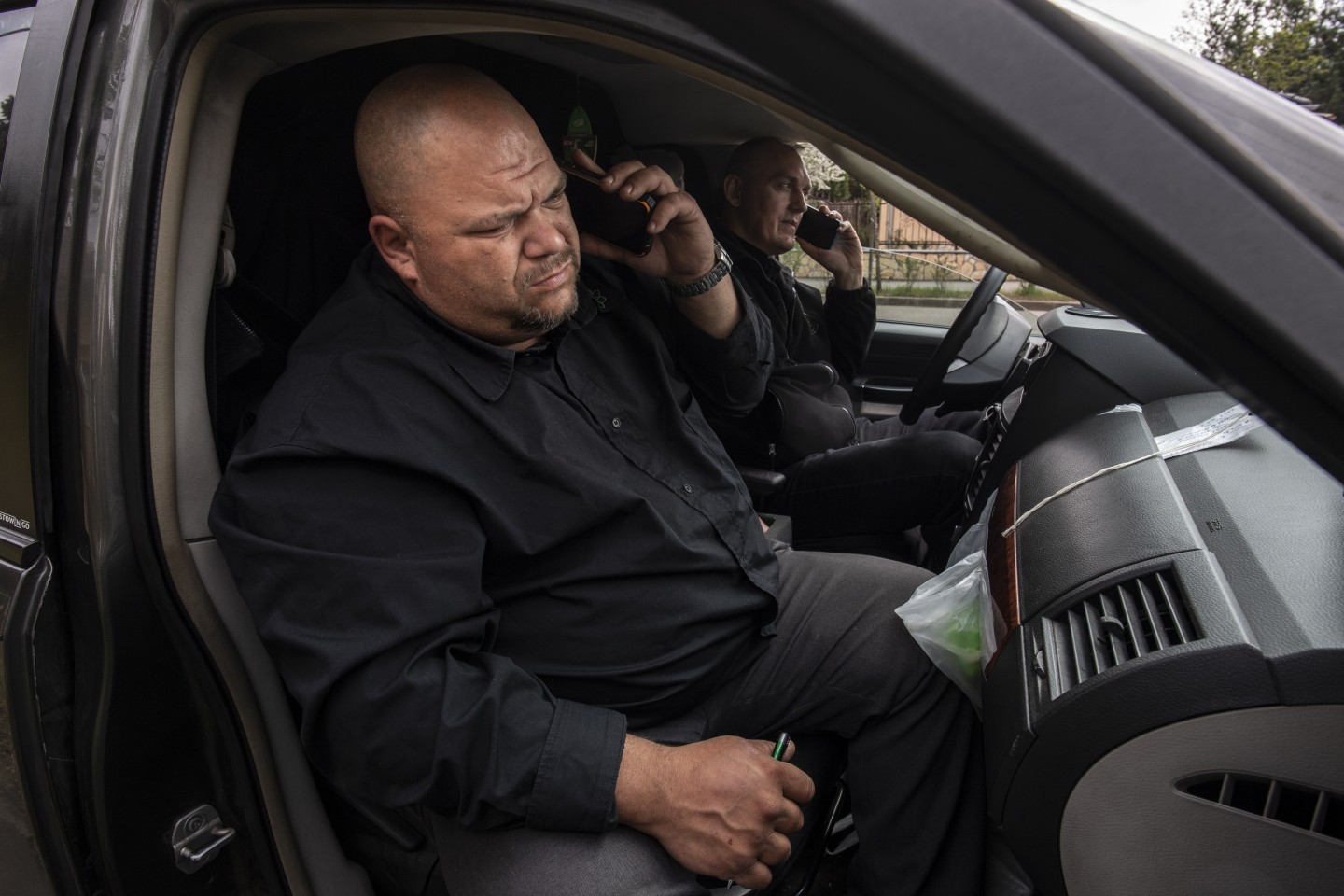
During the peak of the third wave, they often had to transport 12-16 bodies instead of the earlier average of around 8. „This is rather depressing,” says an employee hired by the company during the pandemic after he lost his job in the food service industry to Covid-19. „If people ask what I do, I tell them I am a transporter. To my friends, who met me in an entirely different line of work, I discreetly explain what we do. Before this, I've only been to my grandfather's funeral.”
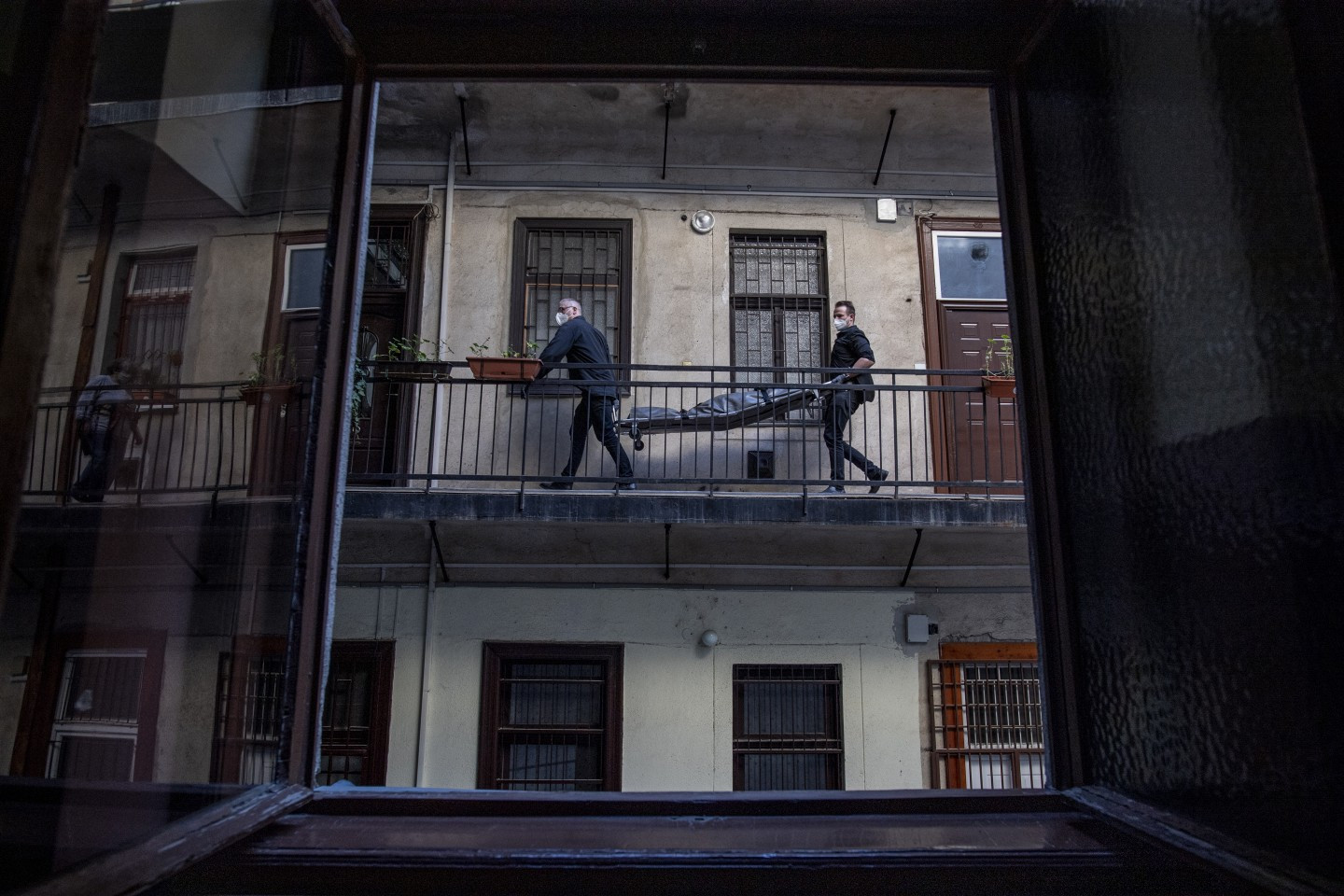
Even though they were hesitant at first, the government eventually admitted that body transporters must be vaccinated as a priority along with healthcare workers. This happened in February. „We managed to make them recognize that we are also part of the healthcare process,” says Novák, who has been in the industry for 13 years. He first worked on the financial side when he aided the Hungarian plans of a Spanish funeral service company. That plan did not go into fruition, but Novák remained in the sector.
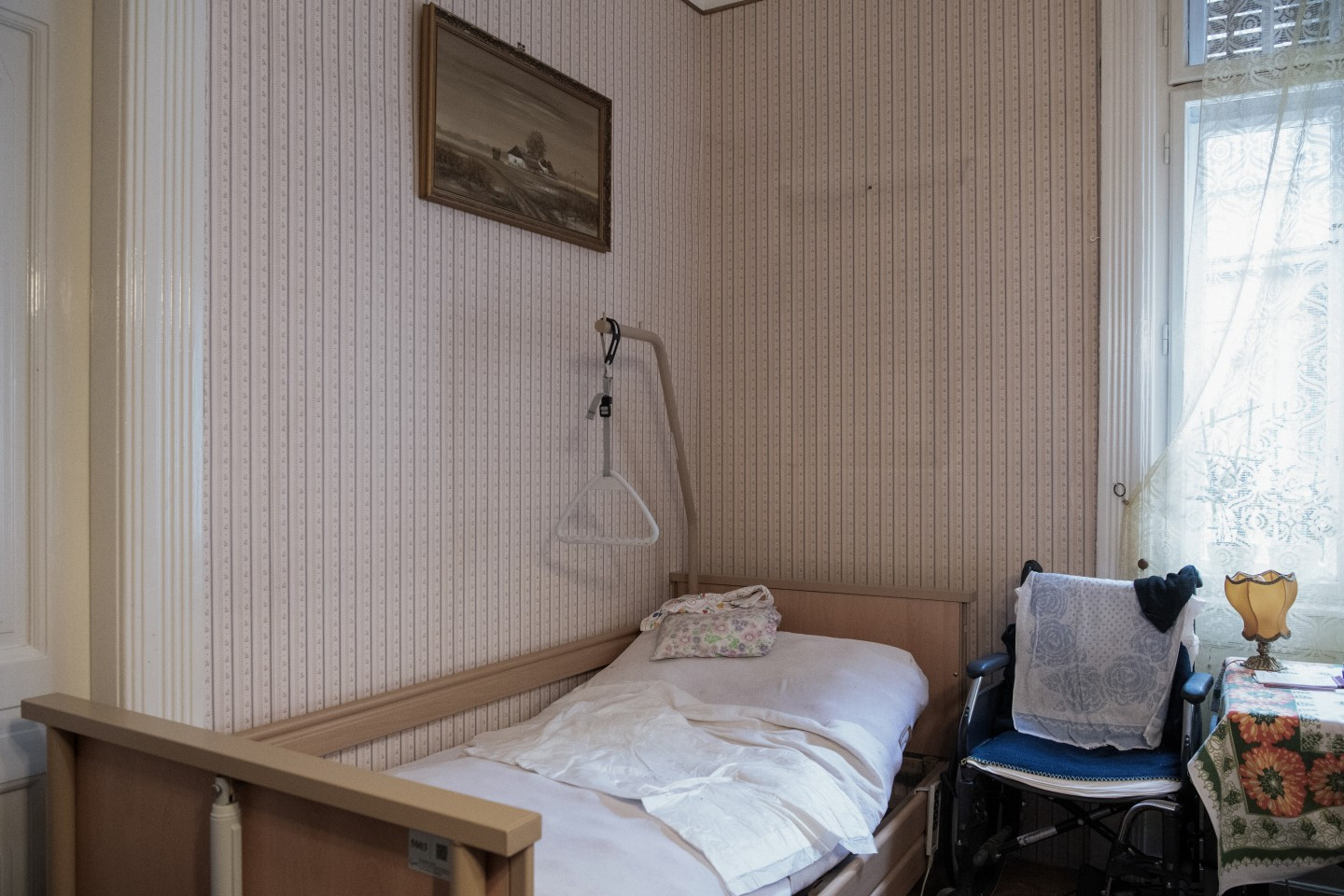
Back in March, they still had to collect many coronavirus-infected bodies from homes, but by April, they received calls almost exclusively from hospitals. When they get house calls – the number of which, according to those working in the industry, didn't increase significantly, unlike calls to hospitals – a coroner is the first to arrive at the scene to determine the cause of death, ordering an autopsy even if there is no sign of foul play. That is not always the case if the deceased is an older person and there is no suspicion of a crime, which means that they do not even test the body for Covid-19. Without an autopsy, the funeral service provider transports the body to the mortuary. A relative must then go to the office and order the funeral, deciding whether to cremate or bury the body. In Budapest and other large cities of Hungary, they choose the former 90 per cent of the time.
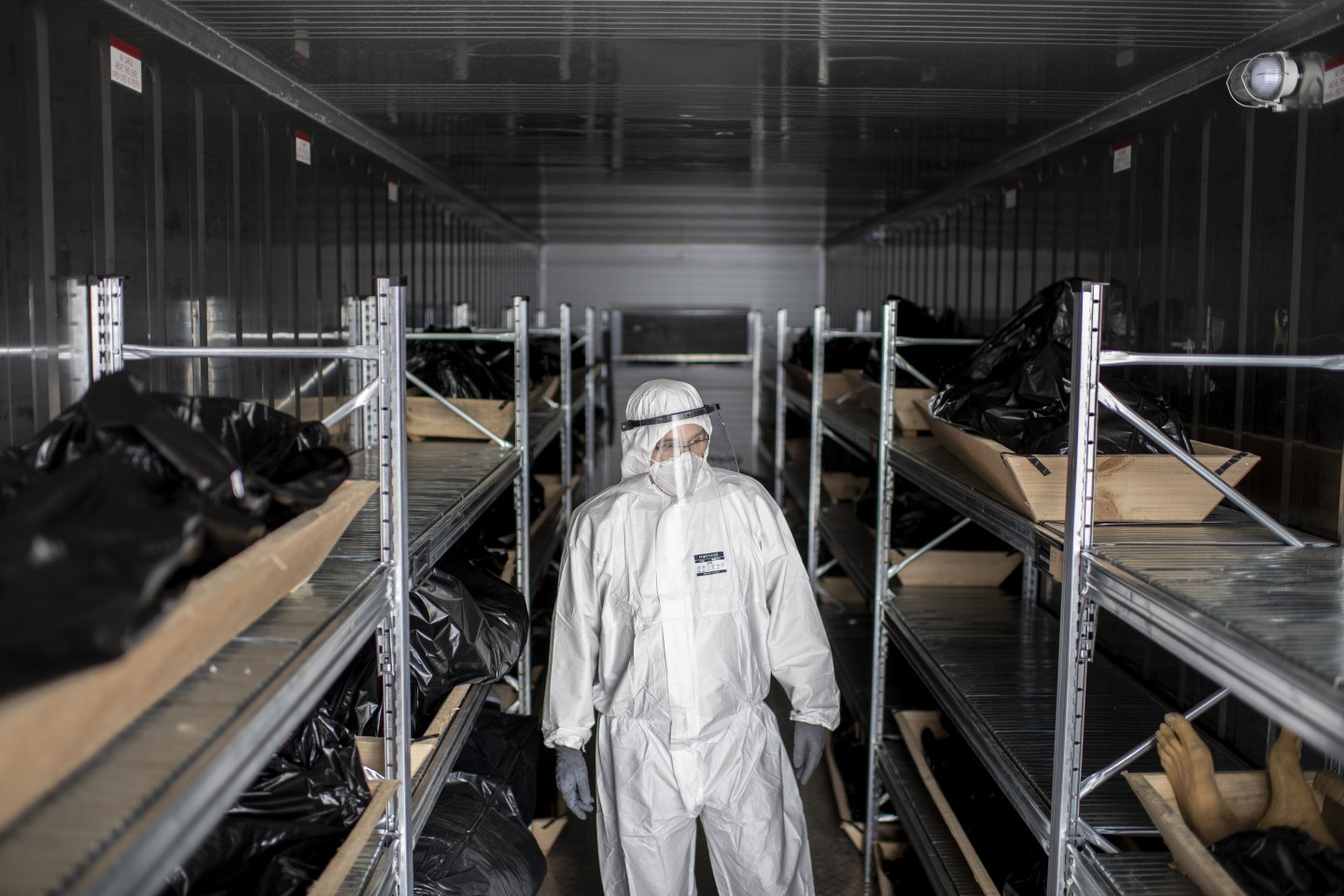
The protocol for coronavirus victims is two body bags, and they have to be careful not to compress the lungs when moving the body, as even after death, there is still a risk of infection for some time. Transporters are clad in full PPE when transporting these bodies; overall, a mask, face shield, and gloves are compulsory whether they go to a hospital or a home.

Preparing the body is an integral part of a dignified funeral service. „Goggles, masks, arm protectors, plexiglass, and rubber gloves are essential. When working with Covid-19 victims, an overall too. We wash the body and dress it for its last farewell. We also do a face massage with a special cream. We make the body look as if the deceased was only sleeping. The goal is to for the body to reflect calmness,” an employee says. This process is now allowed even when the deceased died of Covid-19, even though only a handful of people can see the body according to the rules currently in effect.
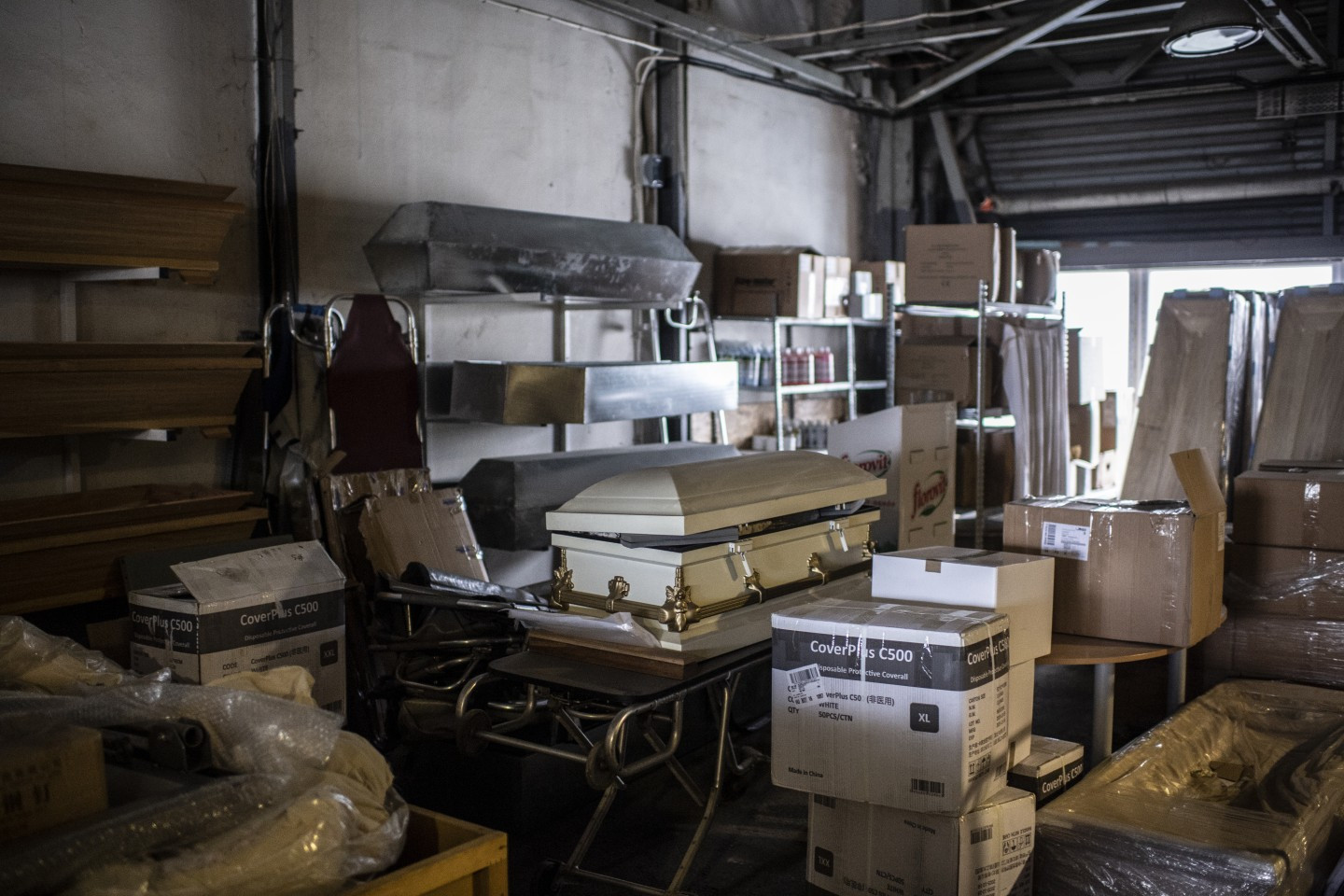
Body transporters who often go on hospital calls are divided on whether or not the press should get access to hospitals, especially to the coronavirus ICUs. Some deemed it pointless, although some only said so because that is what they face every day at work, and they do not want to see that even after their shifts. „The numbers are no news to us; whatever mortality stats the Coronavirus Task Force announces on any given day, we had already transported the bodies the day before.”

Ever since the government announced the special legal order in November 2020, the maximum attendance for funerals has been 50 people. This restriction may be lifted soon as the vaccine rollout progresses.
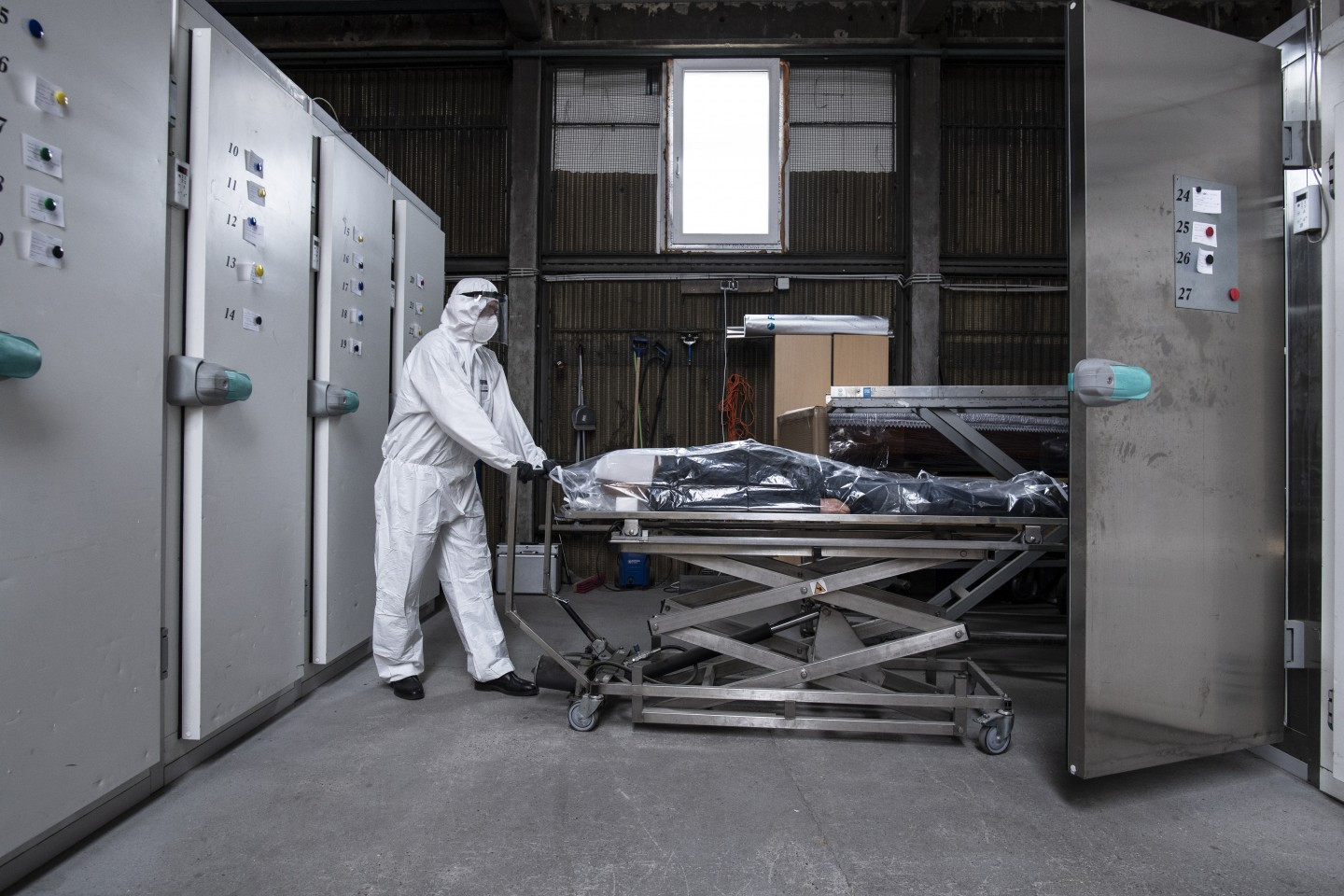
Even in normal times, there is regular communication between hospitals and funeral homes, and this only turned more intense during the pandemic as the latter took over more and more of the storage duties. Télizöld, for instance, has the cooling capacity for 140 bodies with the two extra containers they recently put into use. „Hospital mortuaries move together with the storage and guarding capacities of funeral homes,” says Gergely Novák, using the pragmatic language of logistics.
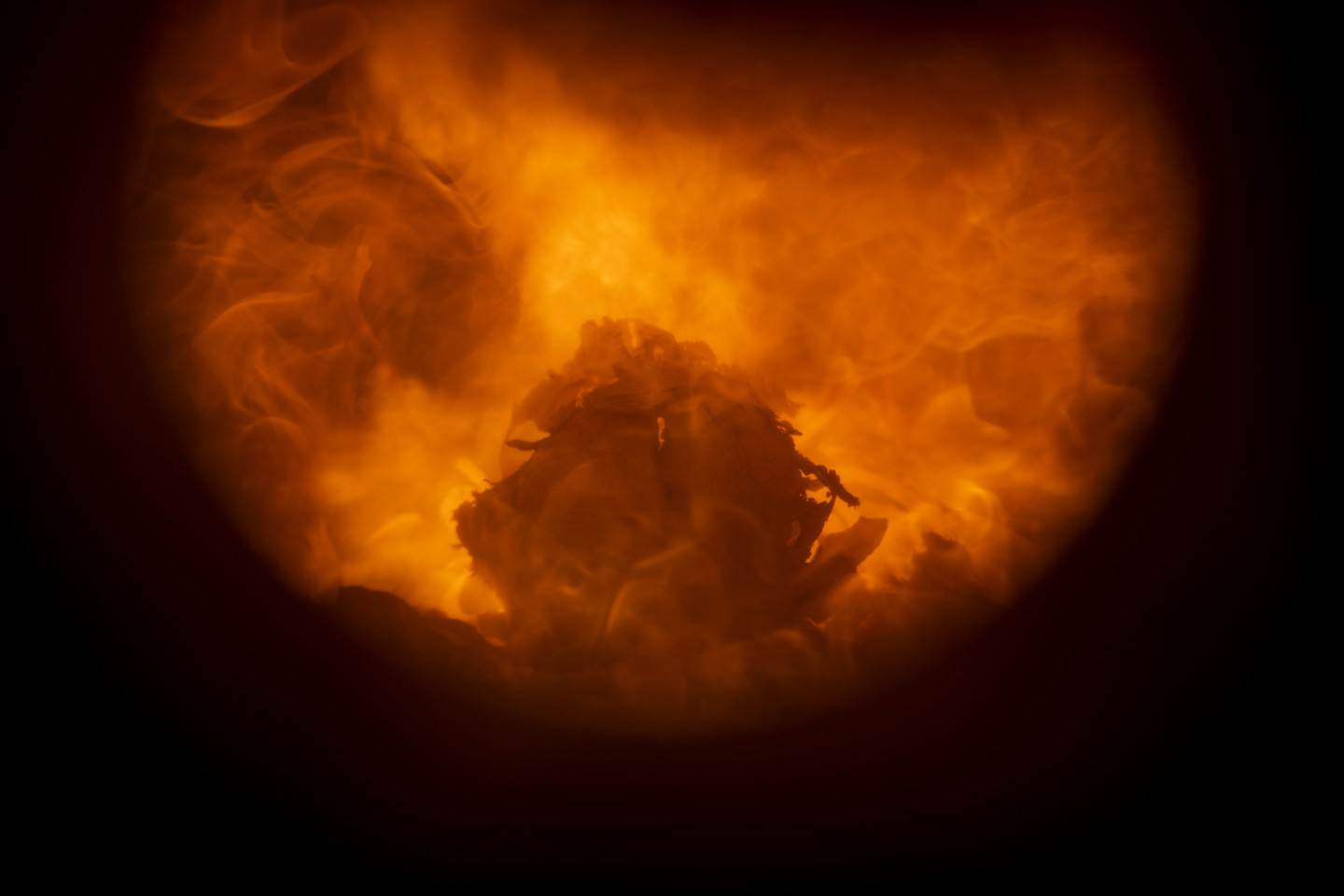
Altogether, seventeen crematoriums operate in Hungary, and there is only one in Budapest, in Budafok-Tétény. The Budapest Crematorium, which opened five years ago, conducted 50% more cremations this March than last. However, the number and capacities of crematoriums were sufficient, unlike in Northern Italy, the first European region severely hit by the pandemic last year. In Bergamo, not only hospitals, but funeral homes also operated beyond their maximum capacities. Hungary, where until Monday, 28 693 people have died of Covid-19, managed to avoid at least that.
The translation was produced in cooperation with the Heinrich Böll Foundation.
Due to the sensitivity of the topic, we do not display ads in this article.